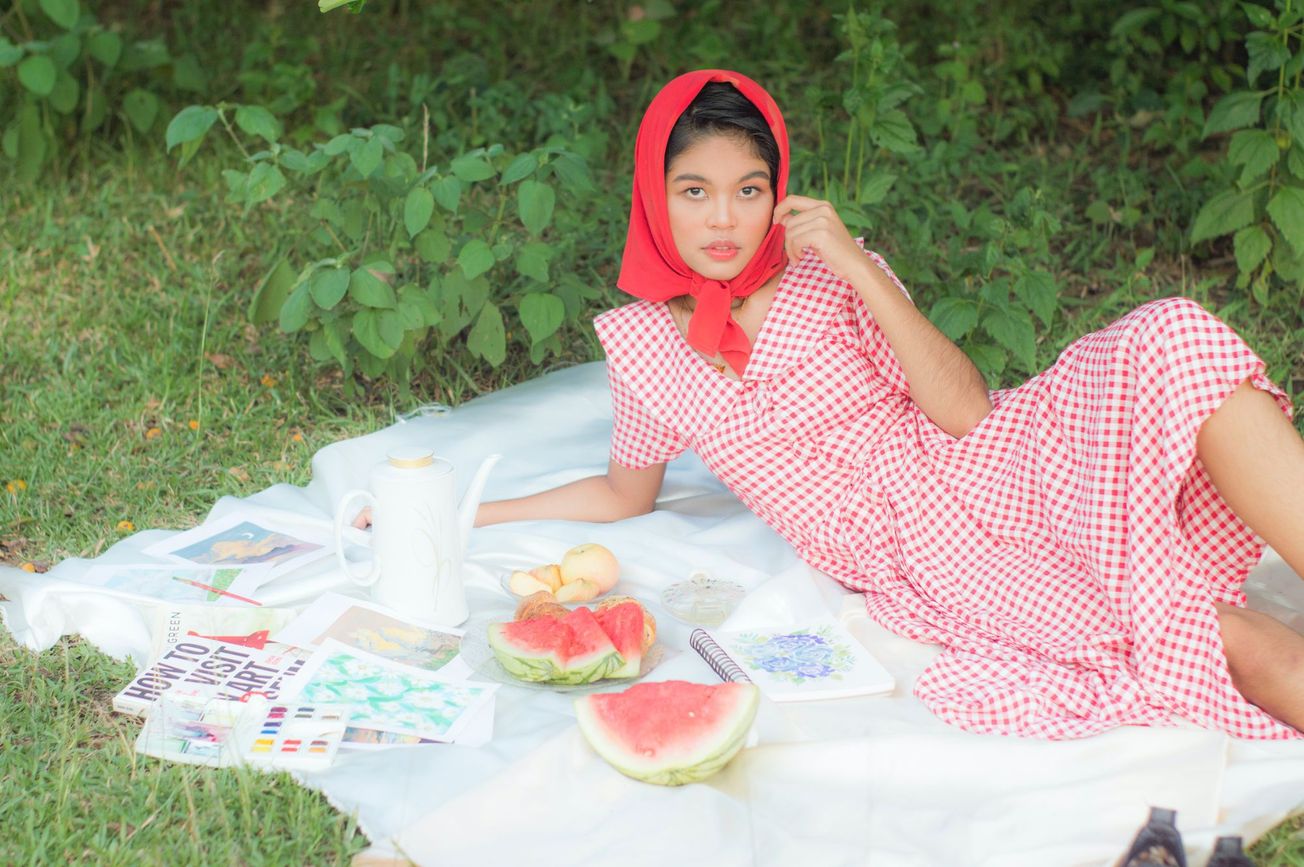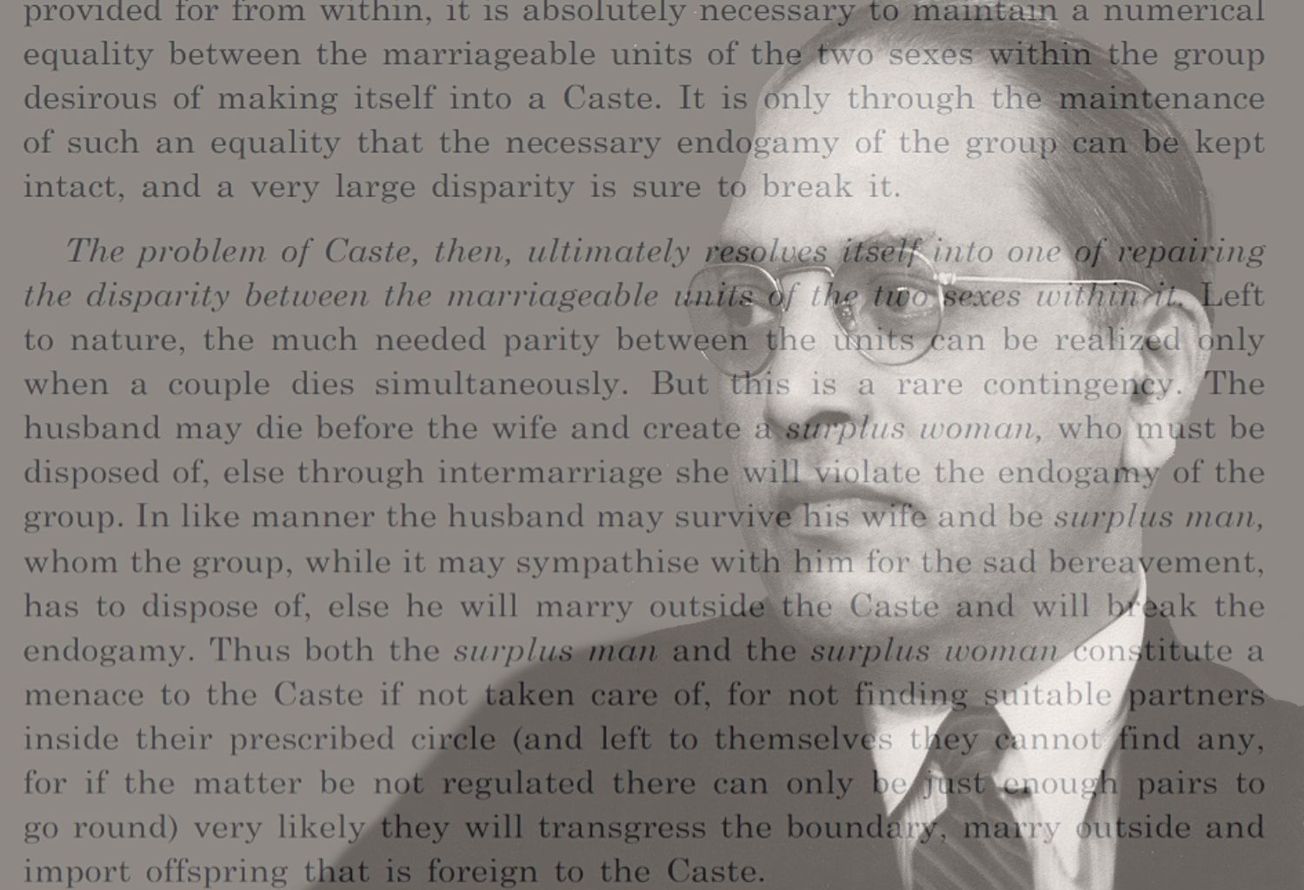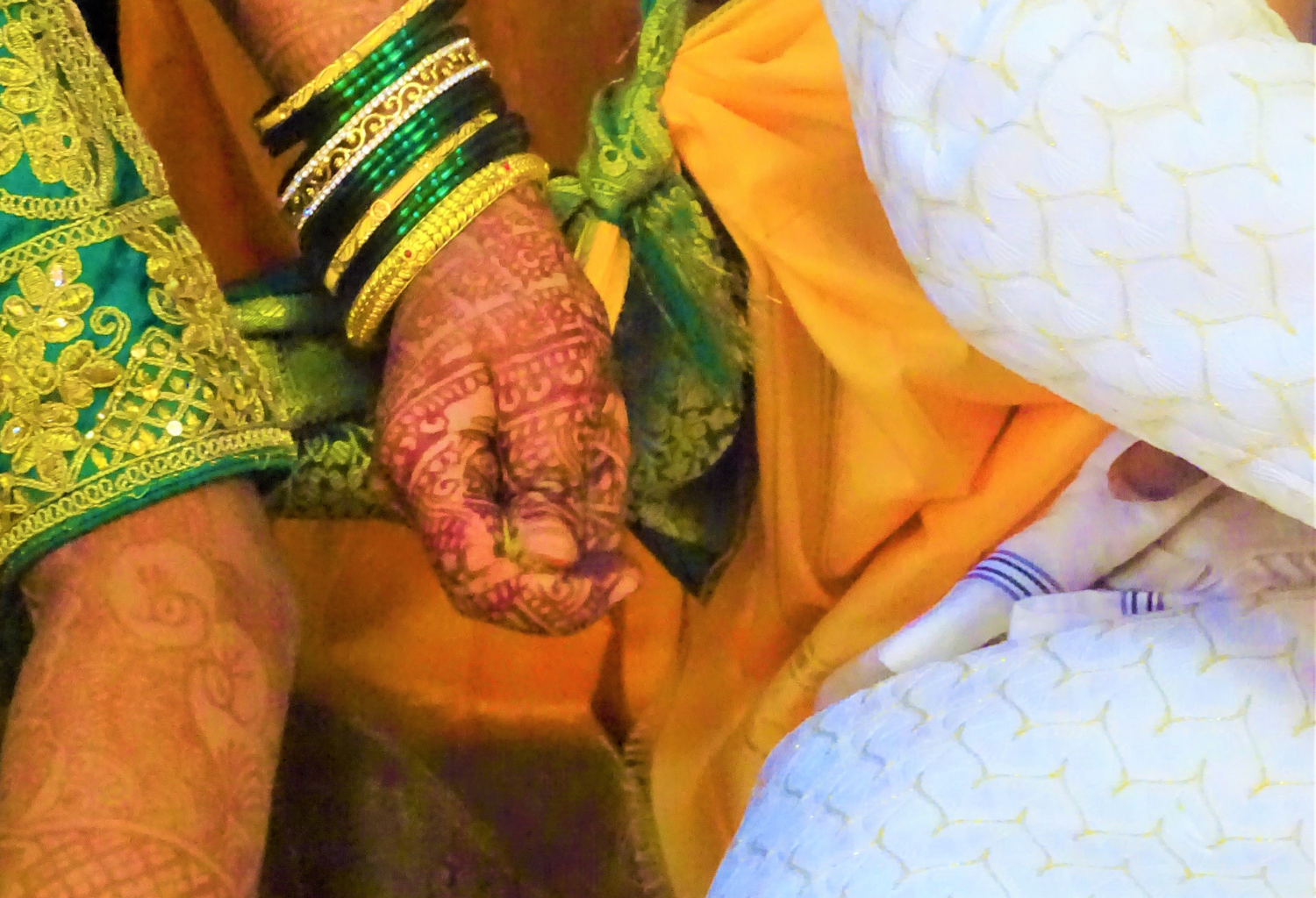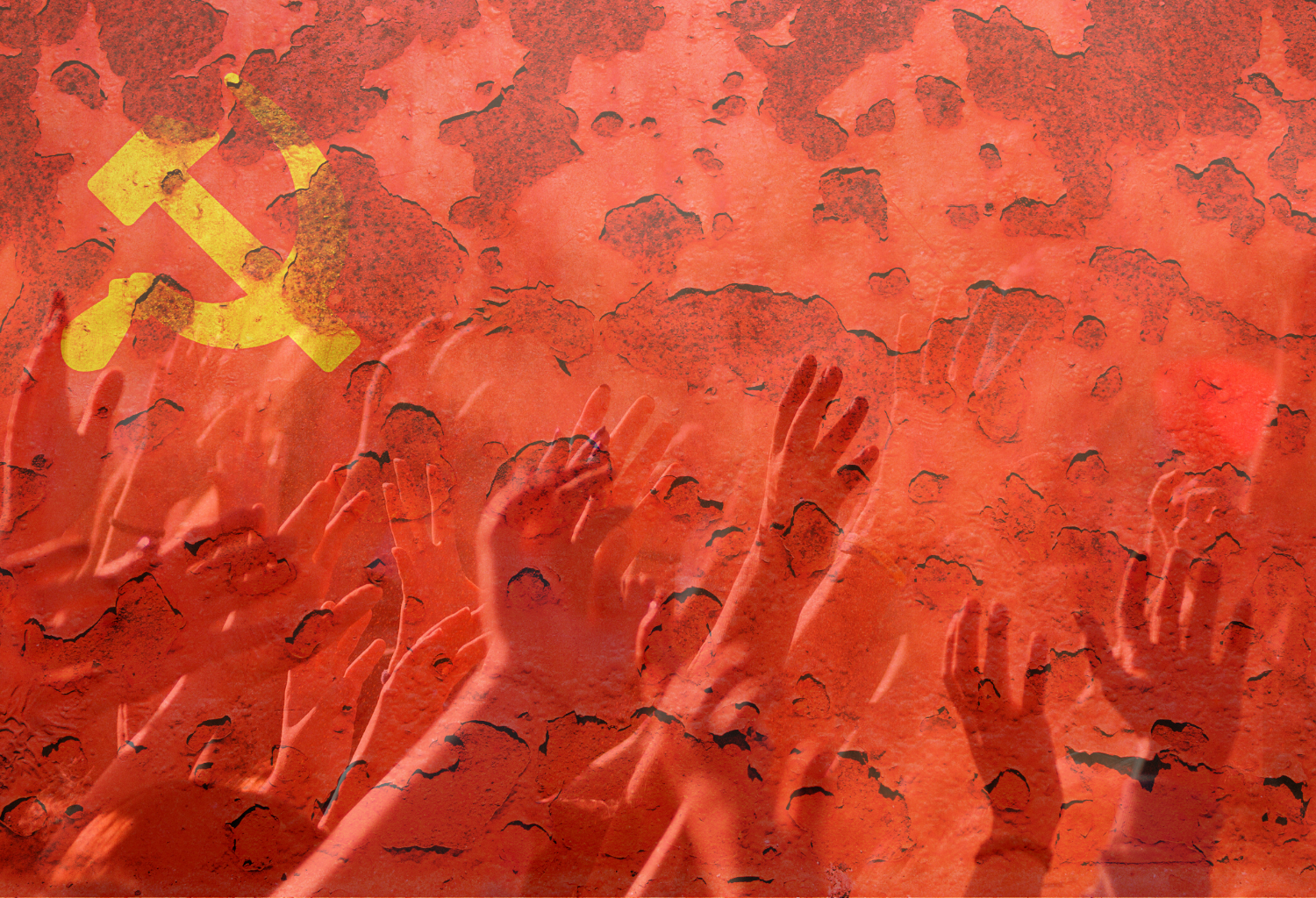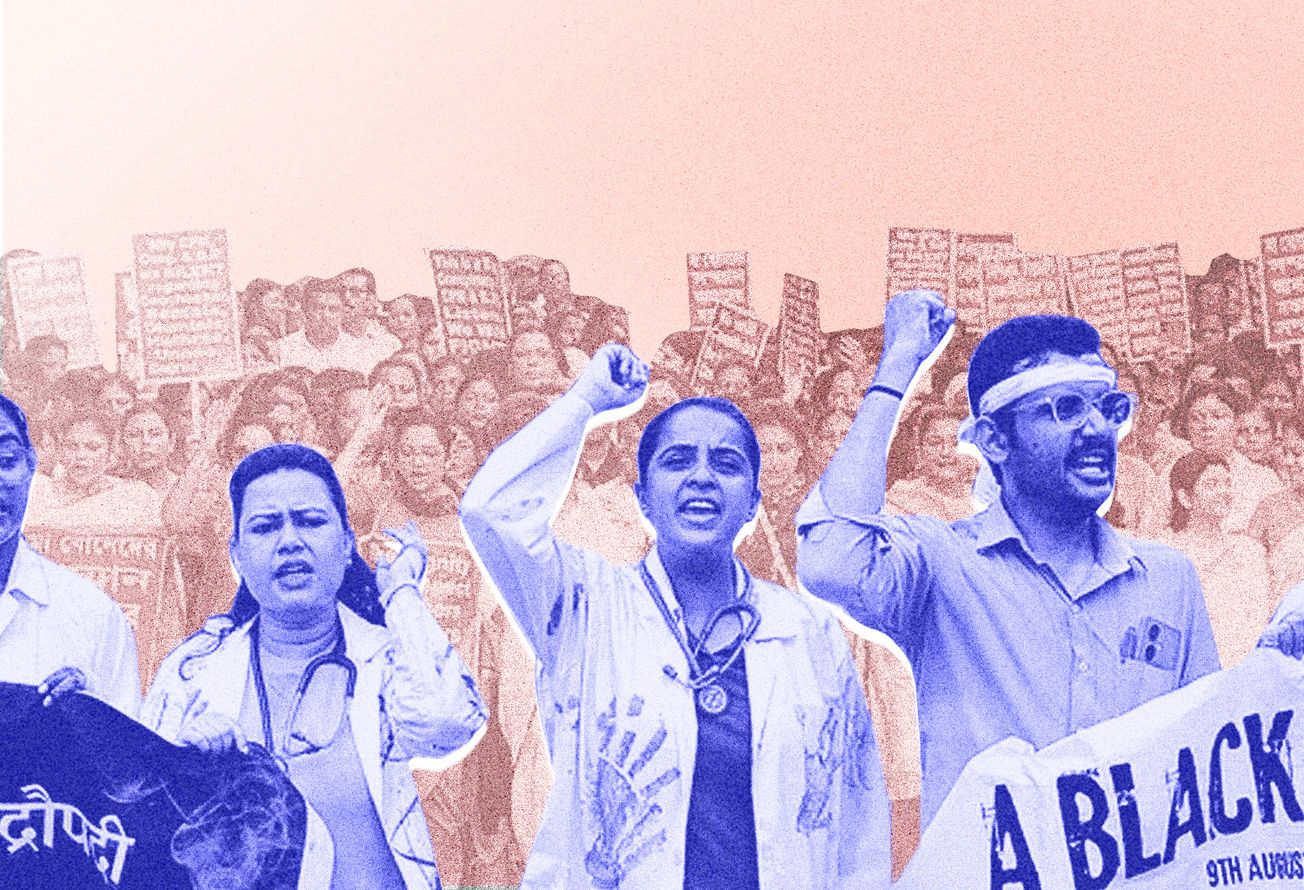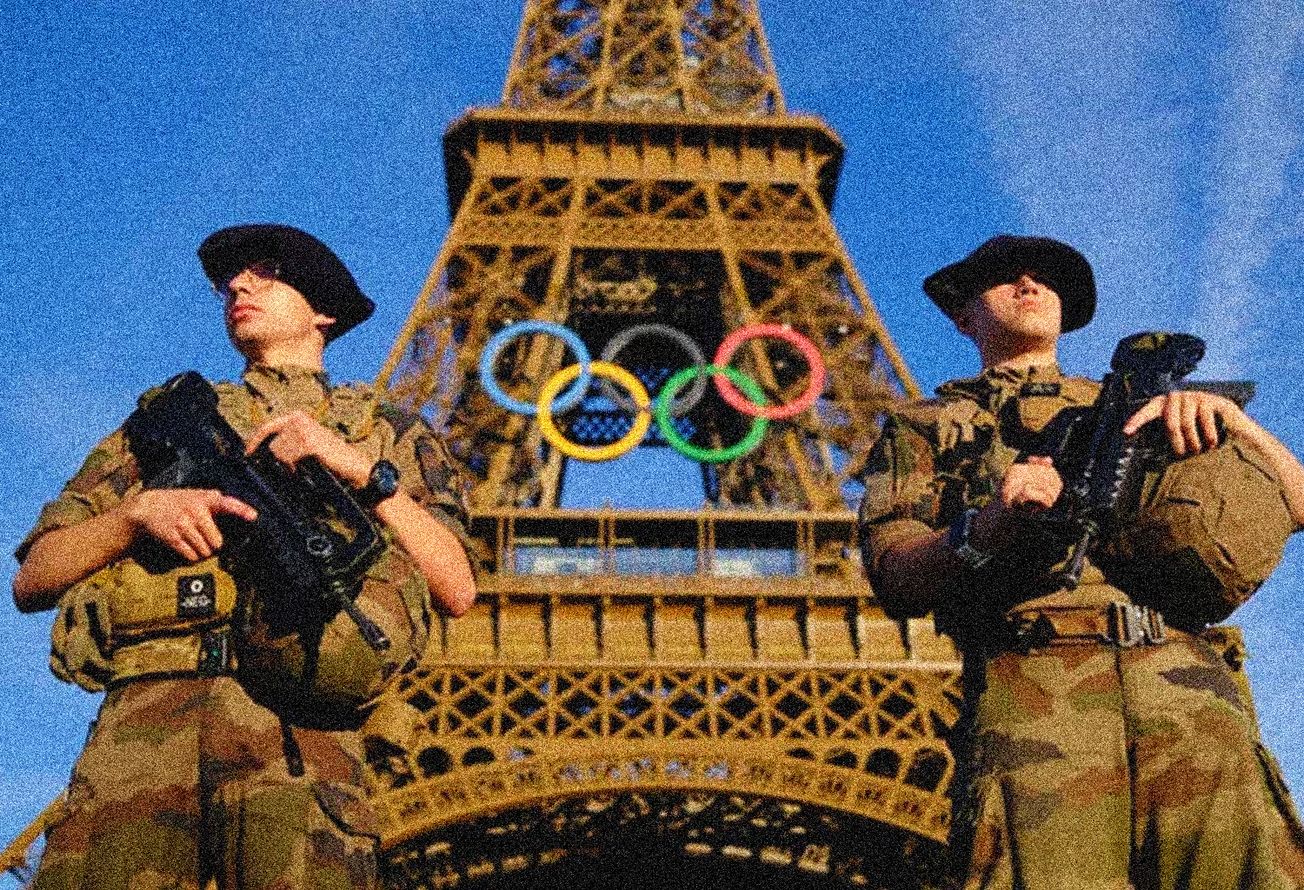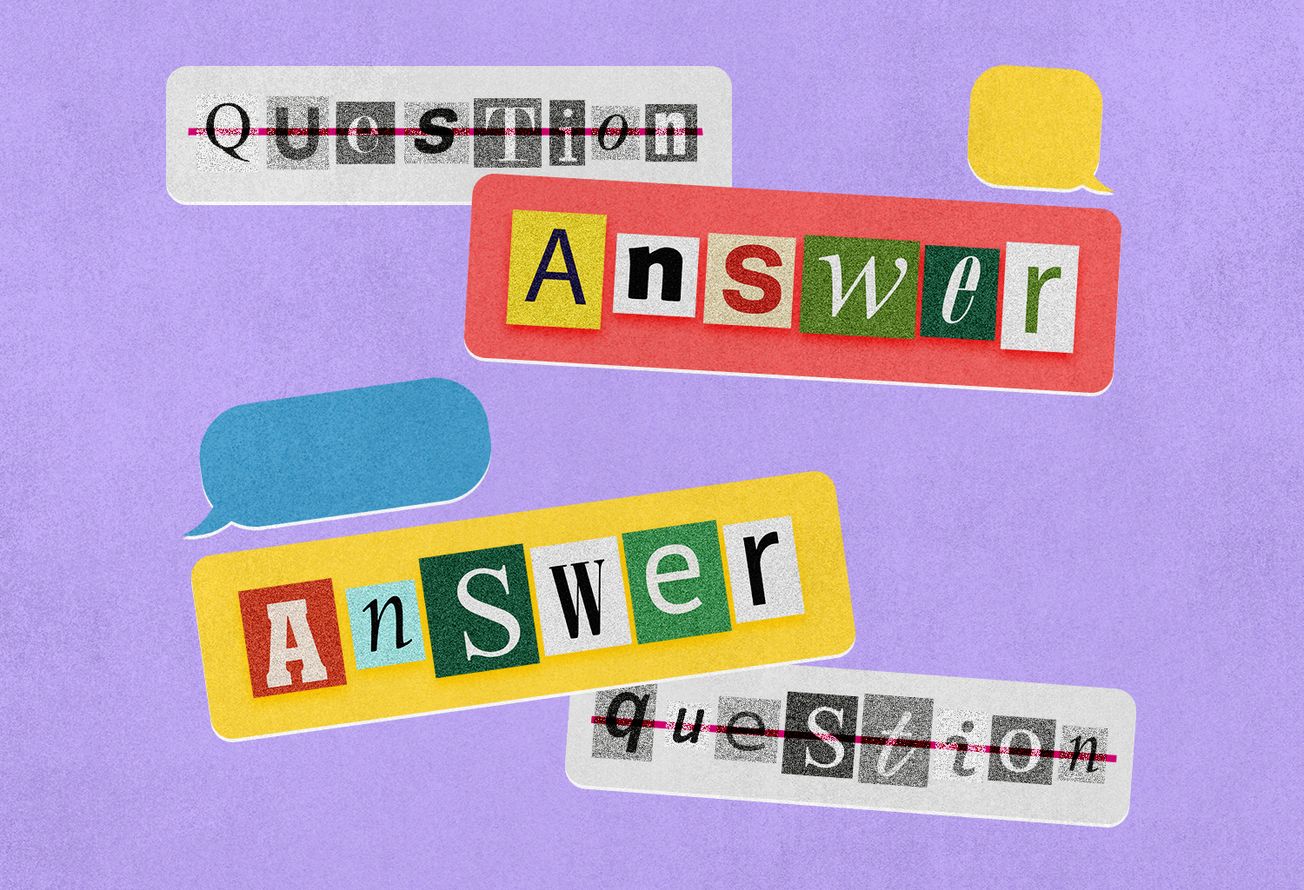Image Courtesy: Mark John Ajero
Last year, as lockdowns gripped the world, the digital subculture of Cottagecore flourished and was regularly in the news. Portrayed as a delightful escapist pastime, its aesthetics are rooted in rural nostalgia and drew hype: homemade pastries and floral dresses, picnics on vintage rugs and adorable cottage interiors.
During this time of isolation, our social, work, and academic lives started getting filtered through the cold blue light of our screens and many seemed desperate for the relief Cottagecore could bring. Online features, often accompanied with shopping guides on how to achieve the summer’s “must have look” missed the core revolutionary components of this subculture, which continues to thrive, even if the media’s haphazard eye is moving on. Cottagecore, while soft and delicate in its aesthetics, is attempting some truly radical pursuits, building on a long history of fusing nature and technology to build utopian visions of society.
In some ways, the hippy counter culture movement of the 60s and 70s, especially the New Communalists, were precursors to Cottagecore. The New Communalists believed in finding new ways of living—blending the old world of tradition of communal farming with the new world of technology. An example of this was the Well, one of the first online communities - designed to share knowledge about alternative ways of living. It was founded in 1985 - ten years before the internet was privatised.
The writer, Richard Brautigan, explored these ideas in his work, including in his poem, All Watched Over By Machines Of Loving Grace (1967), written while he was poet-in-residence at the Massachusetts Institute of Technology.
“I like to think
(right now, please!)
of a cybernetic forest
filled with pines and electronics
where deer stroll peacefully
past computers
as if they were flowers
with spinning blossoms.”
Many New Communalists moved into Silicon Valley’s world of Big Tech as the hedonistic ’60s and ’70s drew to a close. They had always focused on individual reflection and retreat, rather than political activism, as a means to change the world. However, members of the Cottagecore community often engage in politics, with frequent posts supporting trans rights and Black Lives Matter. In fact, the community is explicitly intolerant of intolerance—the approach philosopher Karl Popper once called “the paradox of intolerance”. If you look at a Cottagecore board on Reddit, you will notice that the first rule is: “No bigotry of any kind”. It is worth noting that like several digital utopian movements before it, Cottagecore remains largely white and Eurocentric. A few Indian influencers have adopted rural trends that look somewhat like Cottagecore and black influencers in the UK and America have been leading the way in subverting the old narratives of the countryside.
One of the most radical pursuits of the subculture is the deliberate reframing of the countryside itself. Too often the countryside is drawn as a utilitarian space, represented by the machinery that makes it productive— the tractor, combine harvester, irrigators, and so on. The countryside is depicted as a resource that must be pushed to the limits of productivity. The people who put themselves forward as representatives of the countryside are almost universally male—heads of farming societies, wealthy landowners, and hunters. These are the same people who also poison rivers and coral reefs with pesticides or cut down forests leading to bush fires. Yet the authority with which they speak can easily give the misleading impression that the countryside is of one mind about how to deal with everything. I am a queer woman and leftist. I do not belong in this narrative of the countryside—the narrative of the wealthy capitalist man, but I do belong in the countryside of Cottagecore.
In America, between 1916 and 1970, six million black people fled the southern states of America to the northern cities in an event known as the Great Migration. This wasn’t a natural move for better opportunities but a flight from the brutality wrought upon the countryside by Jim Crowe laws and white supremacist movements like the KKK. The court verdict of Loving vs Virginia held that terror was employed to reverse integration between White and Black communities and laws banning interracial marriage violated the American Constitution. The only options were to surrender or to escape north. Likewise, the vast beautiful tracts of land in Scotland, are relatively unpopulated because of the land clearances that saw thousands of Scottish crofters evicted from their homes and forced into migration to America - where they became known as ‘hillbillies’. The countryside being dominated by wealthy capitalists and slave owners was created through bloodshed and terror.
The imprint of this dark history is hard for the countryside to shrug off. It continues to be painted as the stronghold of right wing, monocultural forces in the UK, Australia, and the USA. However, this perception renders the rest of us invisible. It’s as if progressives, people of colour, immigrants, and refugees do not live in the countryside or don’t count. And as if left wing movements never happen in the countryside. Even in India, where we’re seeing massive farmers strikes, the resistance is being portrayed as being led by straight, cis men - as if queer people and women do not exist in the Indian countryside. The protestors are viewed as being indifferent to climate change when the truth is that Indian farmers are battling on the -frontlines of climate change, desperately trying to keep up with new weather patterns, droughts, or wildfires that destroy their crops and threaten their livelihood. As farmers are all over the globe - something that should be a point of solidarity.
Growing up in Derbyshire, UK, I knew farmers who painstakingly cared for their land and planted traditional hedges, home to threatened species of songbird. Not far from where I now live in Yorkshire, a farmer works with refugees to herd sheep. The scheme helps with the stress of waiting for the refugee’s asylum requests to come through, and builds community. These positive visions of the countryside are often forgotten.
Cottagecore radically reframes the old narrative –by combining the digital and the real seamlessly with a beautiful and tender vision of the countryside. The subculture is led by women and non-binary people, in stark contrast to the mostly male leaders of the New Communalists of the '60s and '70s. It is inclusive of queer people and of people of colour. It also explicitly combines politics into the aesthetics of the countryside, unlike previous digital utopians. The land is recast as a place of belonging and as “home”, rather than “of industry”. Yes, crops are grown and harvested, but it picks out the poppies in the wheat field and celebrates them. Insects are cherished, not poisoned with pesticide. Woods and fields are places of respite and relaxation, not a site of conflict with the wilderness. It is a vision of the countryside as a space of safety and inclusivity.
At the moment this world mostly exists on the screen though we’re seeing some examples of younger people moving to work and live in the countryside as they did in the ’60s. Will this become a bigger trend? Since millions have demonstrated that we can work from home during the pandemic, perhaps we can be unshackled from cities and bring about the vision of “electronic cottages in the woods'' as predicted by digital sociologists, Andrew Feenberg and Norm Friesen in (Re)Inventing the Internet: Critical Case Studies, 2012. At the moment Cottagecore mostly remains a kind of collective storytelling—a digital Eden where those who have been excluded from the countryside, both narratively and literally, can belong.


